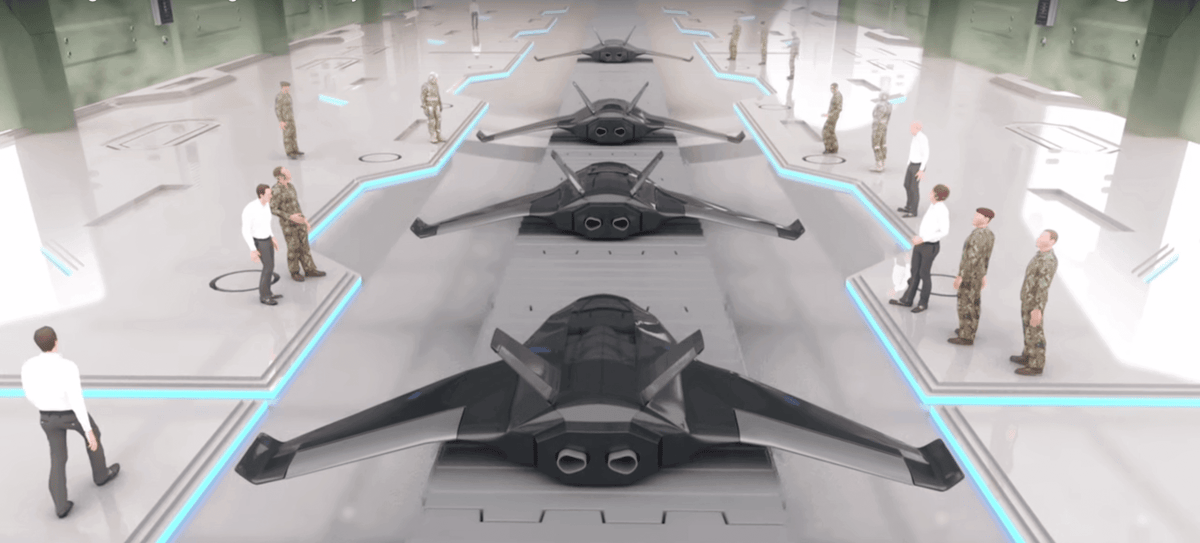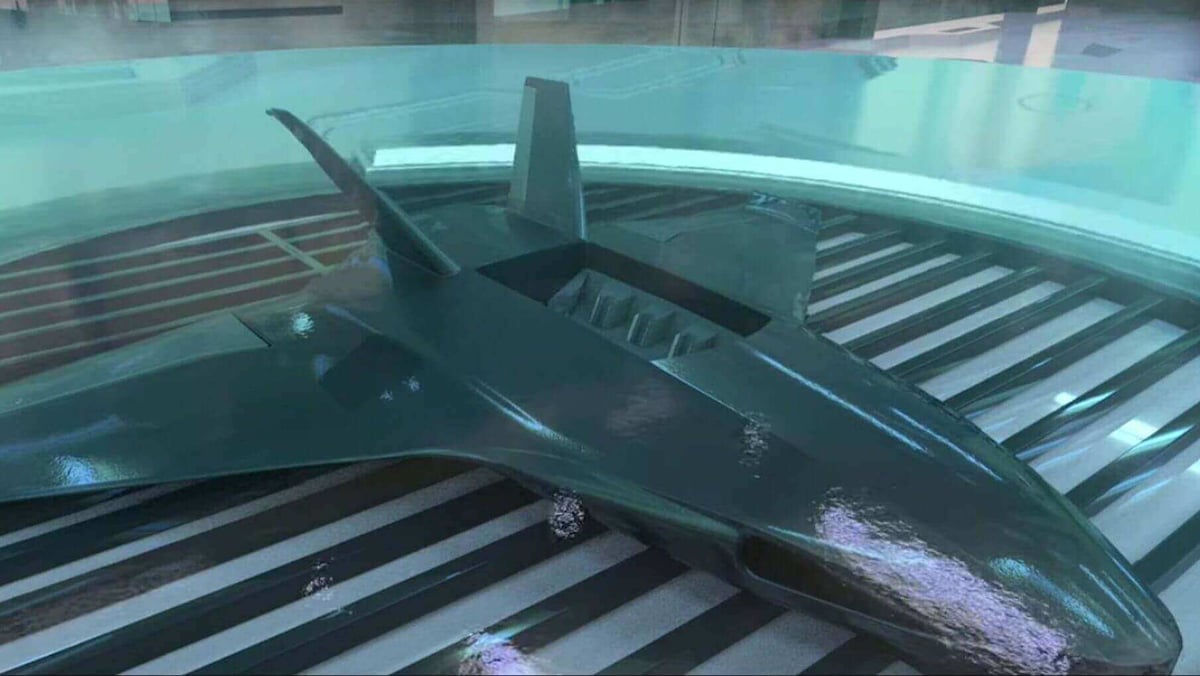Scientists, defense contractors, and engineers in the UK are working on chemically grown military drones. Can this be achieved?
Sometimes, it‘s all about a crazy idea which leads to a working product. That’s also true when it comes to military equipment and battlefields of the future. Military developers research every possible, even seemingly impossible technology – and now they are aiming at a “chemputer”.
If you take a look at the published video (which looks a like a 90ies computer game), you’ll see military drones grown in a vat. These “aircraft on demand” are supposed to fight the battlefield. The intended benefit: They “grow” in just a matter of weeks instead of years.
The mind behind all this is Professor Lee Cronin of Glasgow University. He is assisting BAE Systems, the world’s second-largest defense contractor, on this project. Cronin plans to do this by developing a “chemputer” (trademark already registered by BAE). This process could essentially 3D print drones and planes from intelligent biomatter – giving a huge advantage during warfare as the technology could be used close to a battlefield.
An aircraft grown from biomaterial – is this possible?
Is this pure sci-fi? Not quite. In fact, 3D printing technology is already offering a process to inject a “hidden form” into any raw material – the process is called 4D printing. You can read more about it here.
Cronin’s chemputer is supposed to work differently to a 3D printer, which physically builds parts. The chemputer would speed up a chemical reaction from the molecular level to create everything from electronic systems to wings. So you’d have to feed the “blueprints” to the material on a very deep biological and chemical level.
Professor Lee Cronin of the University of Glasgow explained how this hypothetical technology might work in this statement:
“We have been developing routes to digitize synthetic and materials chemistry and at some point in the future hope to assemble complex objects in a machine from the bottom up, or with minimal human assistance. Creating small aircraft would be very challenging but I’m confident that creative thinking and convergent digital technologies will eventually lead to the digital programming of complex chemical and material systems.”
UK-based BAE Systems and researchers at the University of Glasgow claim that these drones would be perfect for rapid response missions including deploying surveillance aircraft and distributing supplies.
However, don’t get too excited as BAE Systems hasn’t explained exactly how the “chemputer” process works, neither has it provided any time estimates for when the technology may be a reality.
So, will we see these chemputed planes shortly? Probably not, as the experiment still is in a very, very early phase. Let us know what you think of this futuristic technology in the comments.
License: The text of "Crazy Futuristic “Chemputer” Could Grow Drones" by All3DP is licensed under a Creative Commons Attribution 4.0 International License.

